Live Streaming Made Simple
Since 2009, EPEAK Studio has been helping organizers bring their events online in the most cost-effective way possible.
We do this by making our solution simple, stripped from the things our clients don’t need. It is also designed to be scalable, so it can easily fit any type of production.
Here’s what our streaming bundle includes.
Easy transport & setup of equipment
You no longer have to worry about truckloads of equipment – less cables, less problems.
Our production system is self-contained and easy to transport. It fits in a few flight cases and can be deployed on a single table.
Maximum Efficiency
- Modern technology
- Streamlined setup process
- Everything you need, and nothing else
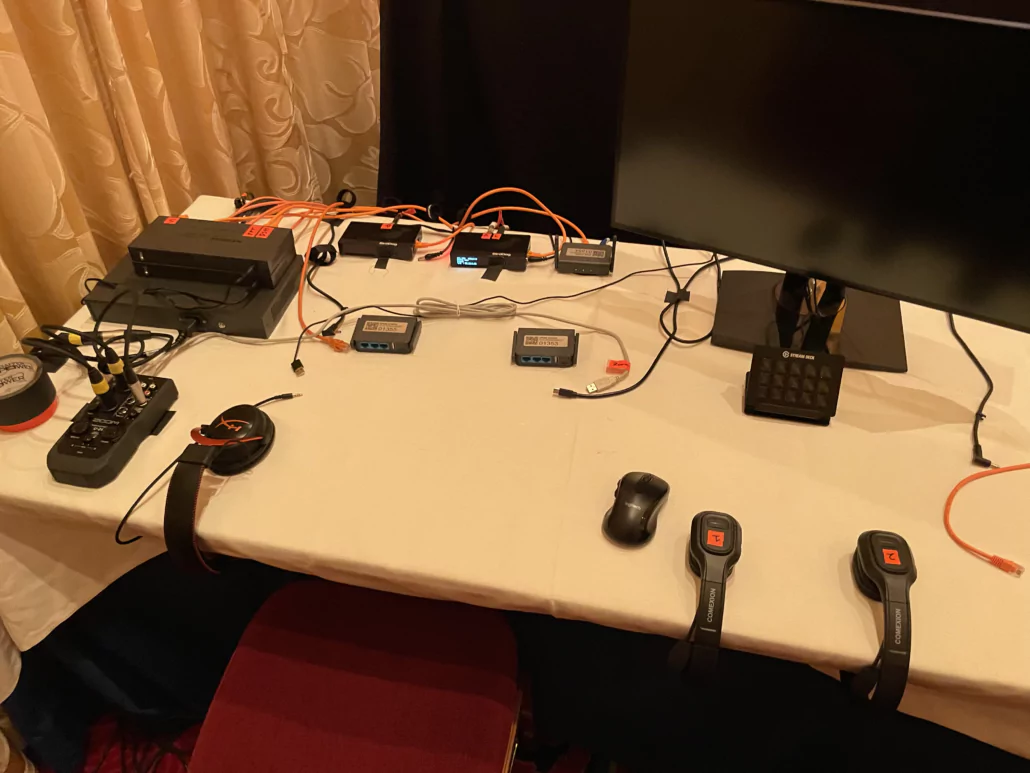
Plug & Play with broad compatibility
Best of all, it’s easy to interface our production system with traditional A/V mixers, or any conference room built-in audio system.
Adding streaming to an room with an existing audio system is easy and plug & play.
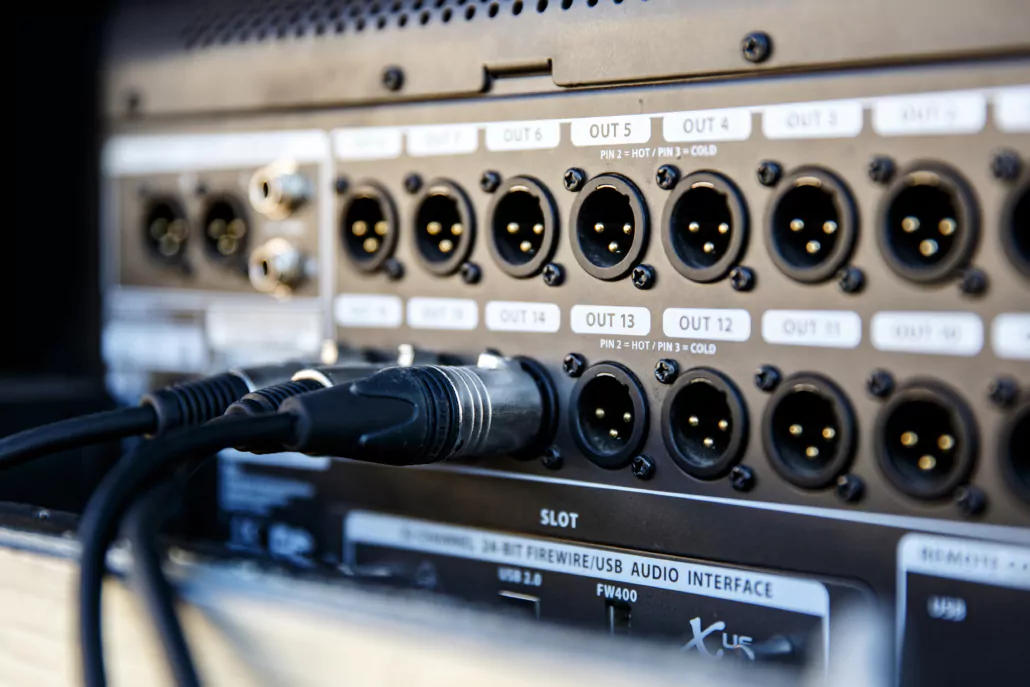
Plug & Play Interface
- Bi-directional interface with legacy A/V
- No need to replace existing audio systems
- Easy interface with on-site AV teams
Modern equipment
No legacy gear here. Our set of three high-end PTZ cameras can be set up in minutes.
This production system also requires less staff, because a single camera operator can operate three cameras at the same time.
PTZ cameras are also small, which means that you have more options regarding their position.
High-end, modern PTZ cameras
- One operator per 3 cameras
- One cable per camera
- Lean, mess-free camera setup.
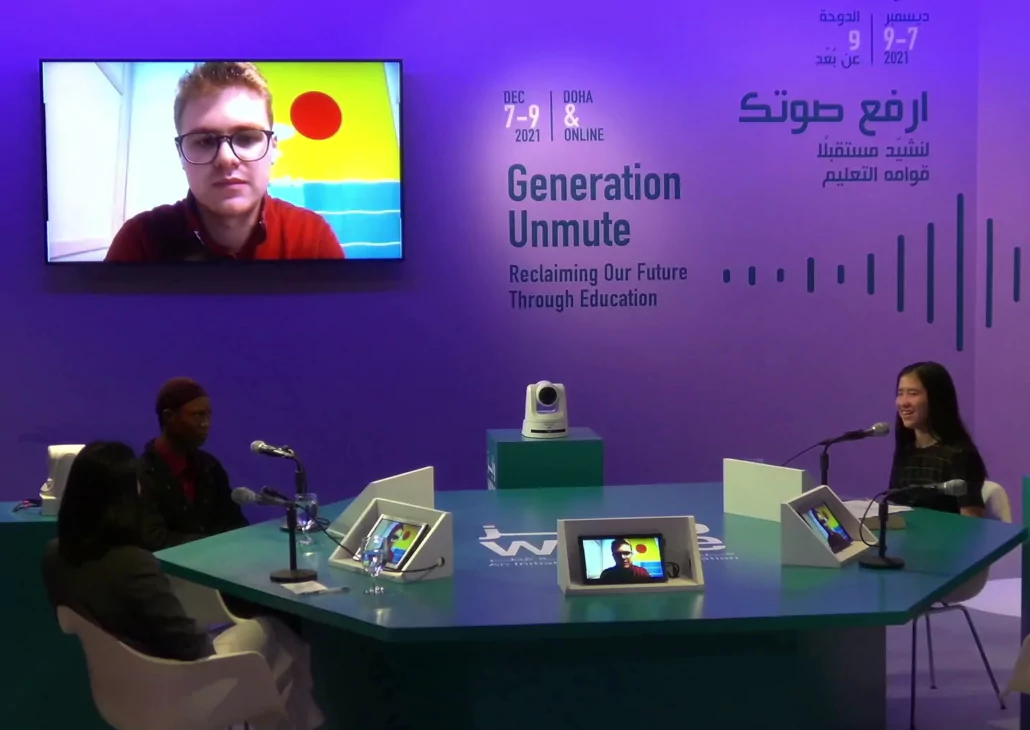
Secure processes with built-in failsafes
Our processes implement state-of-the-art security and data protection features. This ensures the protection of your data against loss and theft.
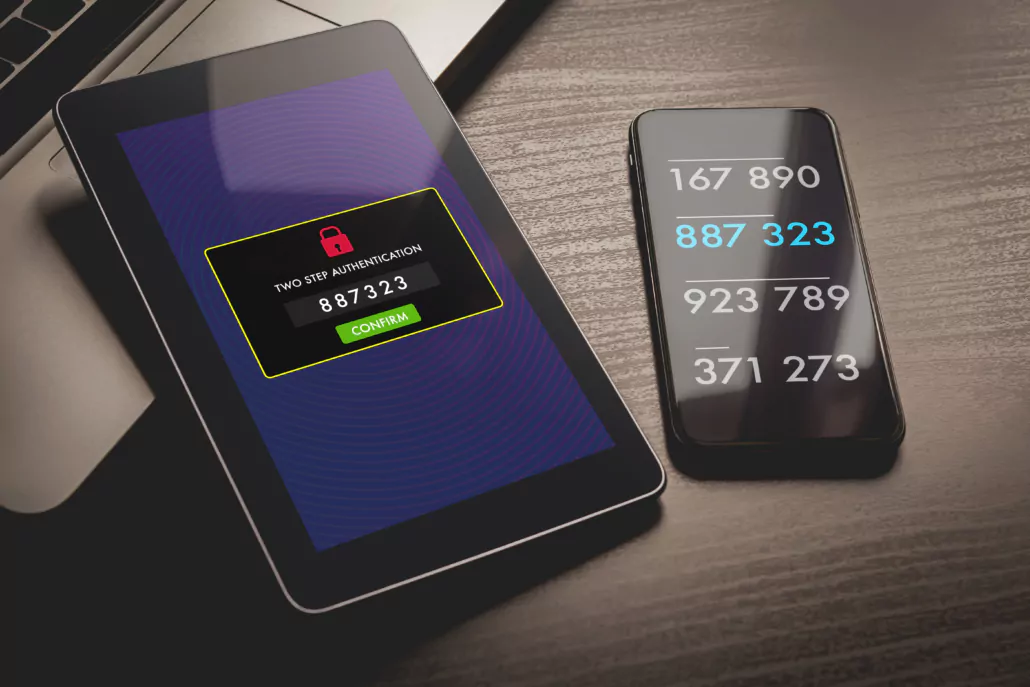
Safety and Security
- Complex passwords
- 2-Factor Authentication
- Secure Cloud Computing
Go Hybrid The Easy Way
Adding a live stream to your event doesn’t have to be complicated or expensive. EPEAK Studio has designed a solution so convenient, you’ll be wondering why you waited so long to broaden your audience.
Going hybrid can open a new stream of revenue for your event, with low overhead costs.
Reach Further
- Go hybrid to expand your audience
- Enable more connections
- Collect more leads and revenue
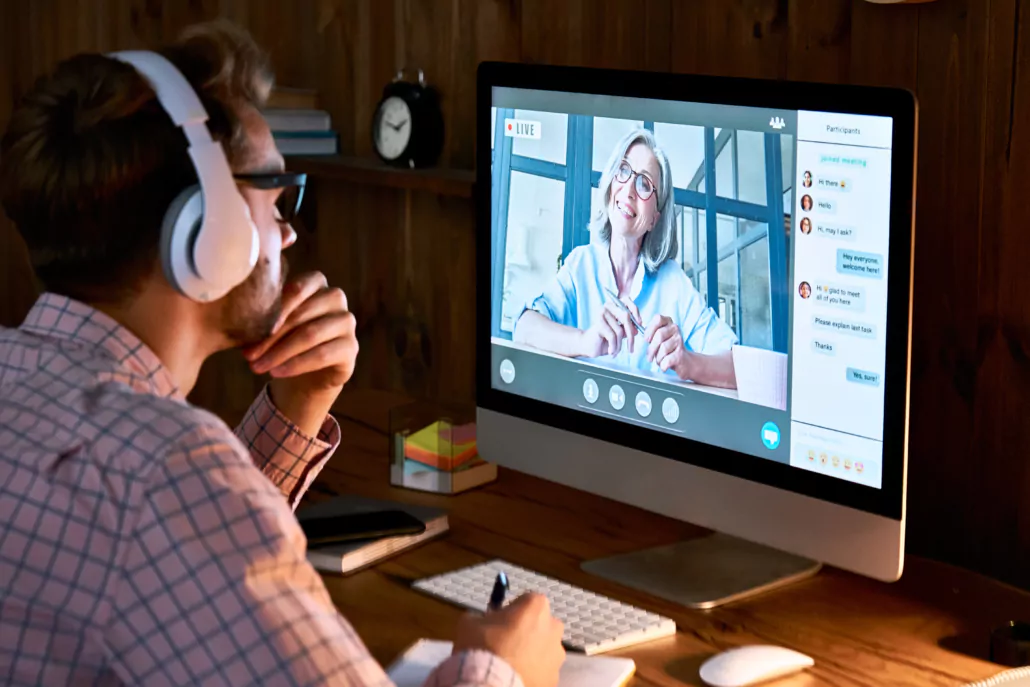
Add Multilanguage Support
Why stop there? EPEAK studio also offers Live Interpretation services. This means that your audience can access your content in any language of your choice. Make your event global today!
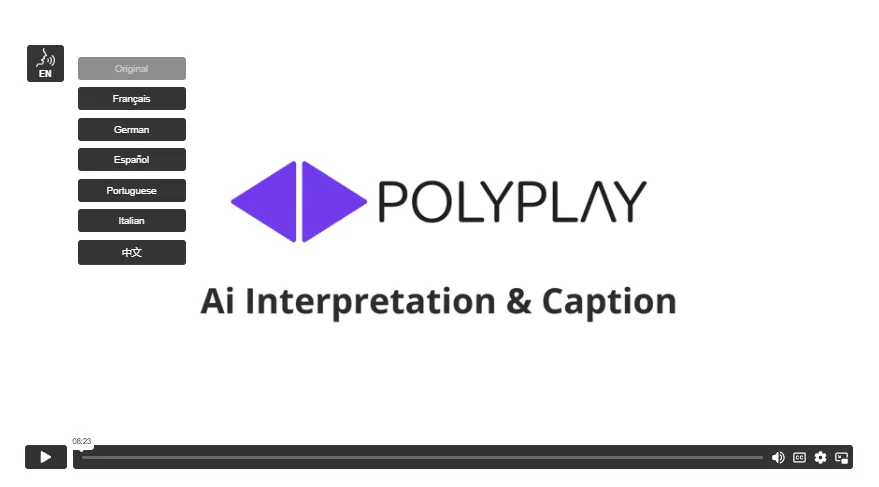
Multiple Languages In One Player
- Unified viewing experience
- Choose AI or Human Interpretation
- Simple and easy with PolyPlay!
Stage Layout Ideas For Hybrid Events
Producing your first hybrid event can feel daunting, as you’re not only responsible for a live audience but also those tuning in remotely.
Working with the EPEAK team means you’ll have the support you need to ensure everything runs flawlessly. However, planning your event layout beforehand is a great starting point. Here are some stage layout ideas for hybrid events:
Classic or modern stage layout?
For starters, are you sticking to a traditional set-up or looking to spice things up?
A traditional or classic set-up usually consists of a stage or front area where the speaker(s) will stand and face their audience. This may include one or two presentation screens placed on either side of the presenter.
The two images below are examples of classic layouts for hybrid events produced by EPEAK
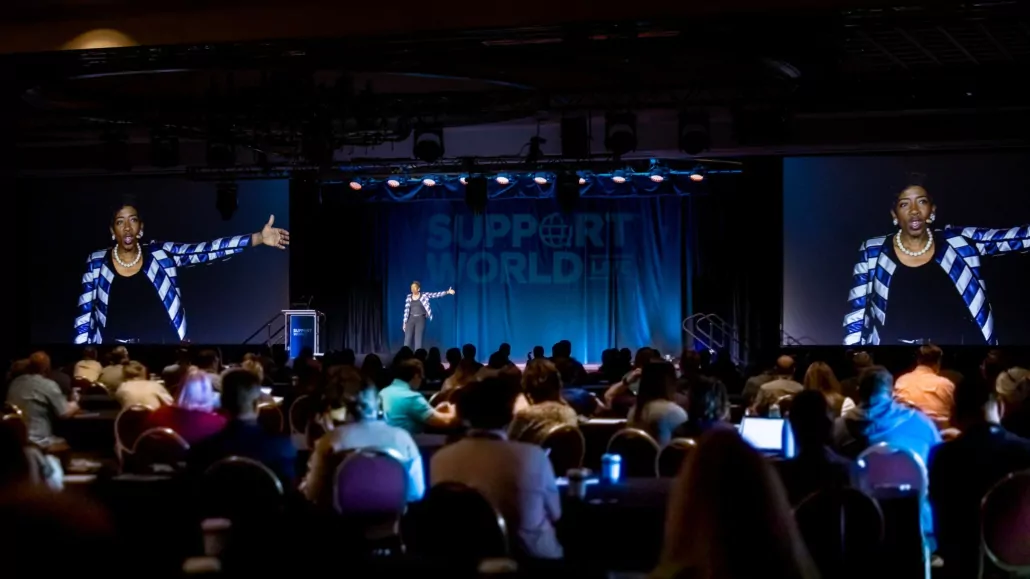
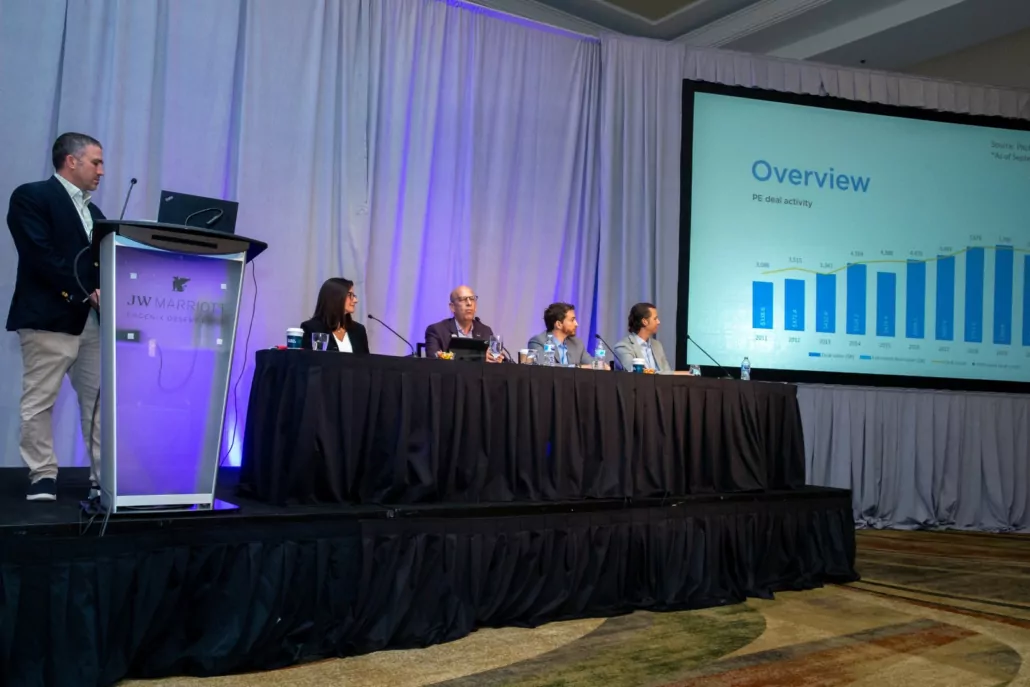
If your event involves speakers debating a topic, a modern set-up might be the way to go.
This type of layout invites you to get creative. For example, you can have the speakers sitting at a table and facing one another with the audience watching from behind (as depicted in the image below).
A modern set-up may be trickier to set up, but could better complement the theme of your event or simply help make it stand out.

Multiple Camera Angles
Remember that the people watching from home are stuck in a 2D world, so you want to make the event as interesting for them as the people getting to physically experience it.
Having multiple cameras set up will allow them to view the speakers, the other attendees and the venue itself. This will keep your remote audience entertained. It also helps them feel less like they’re missing out by not being there.
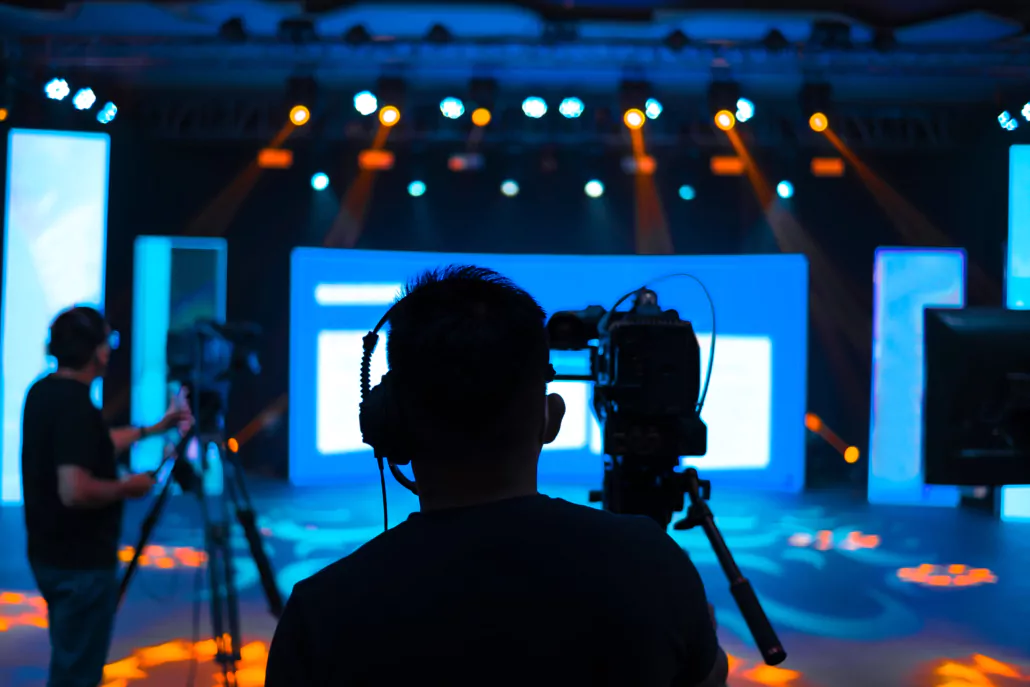
The number of cameras needed will depend on the size of your event.
For example, if you’re producing a larger event, you will most likely need a couple of cameras in the front, the middle and the back. The EPEAK team will help you figure that out.
However, reserving a little space for them is something to keep in mind.
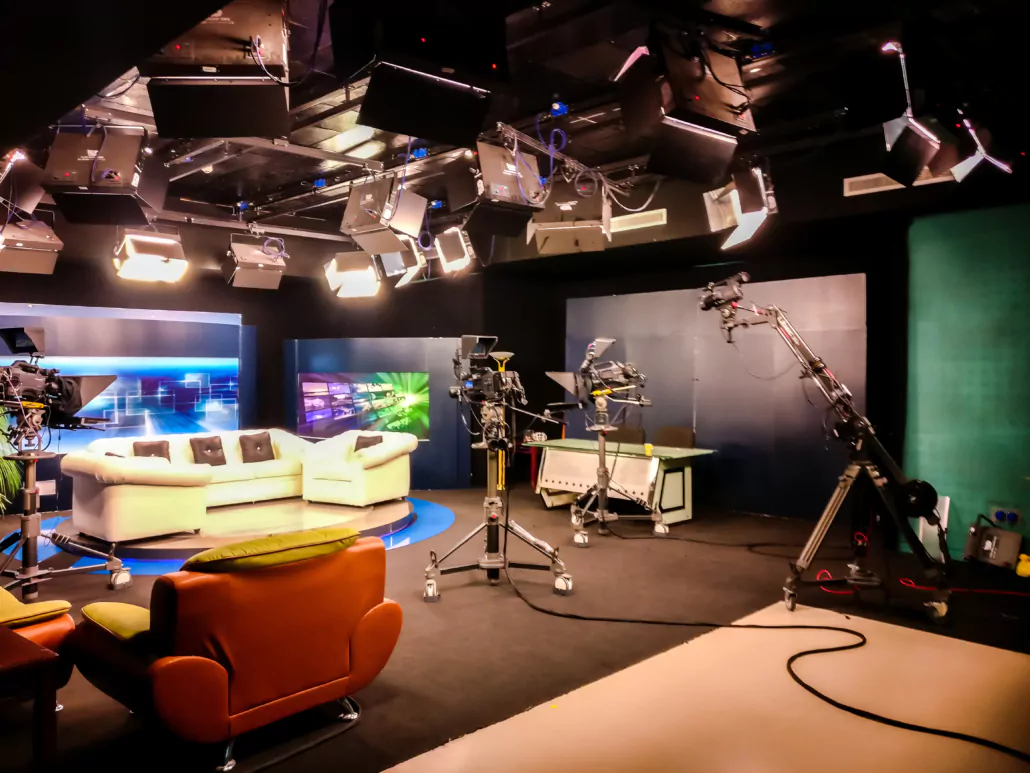
Tip: make sure to find creative ways to monetize your VOD content or livestreams with sponsorship packages giving exposure through this medium.
These will pay for your production needs!
Audience Distancing
When it comes to setting up the seating you want to ensure that you’re leaving enough space between the rows so your guests can comfortably pass over one another to get to their chairs.
In a classic set-up where you have many rows of seating, it is a good idea to create a corridor down the middle.
In general, you want to make it as comfortable as possible for your audience members to get in and out of the seats/room.
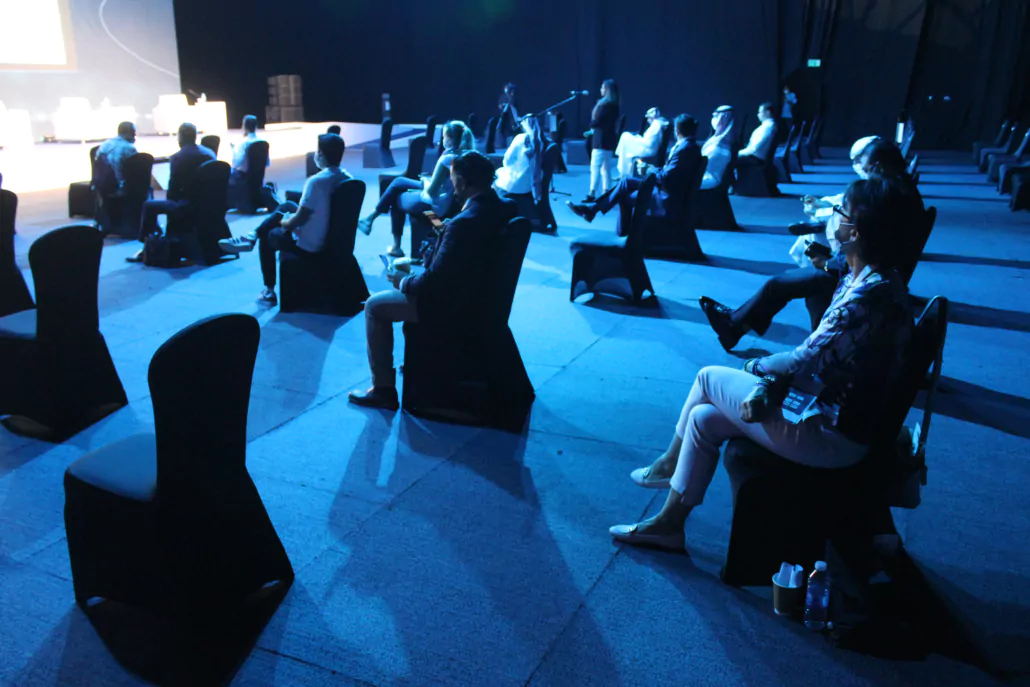
Finally, make sure that the people in the last few rows are close enough that they can still make out what’s written on the presentation screens.
As a general rule, the screens should be visible to all guests, so that if for whatever reason their view is obstructed and they can’t see the speaker(s), they can still follow along.
Thinking Outside The Box
Think of events you’ve attended in the past. What made them memorable? What could have made them great?
Think of fun ways to keep your audience engaged. For example, if you’re producing a conference with multiple speakers, perhaps having various small rooms with presentations going on simultaneously, is a more interesting choice than having everyone in one big room for hours.
This allows your guests to pick and choose the presentations they’d like to attend. It also allows them to move around between speakers.
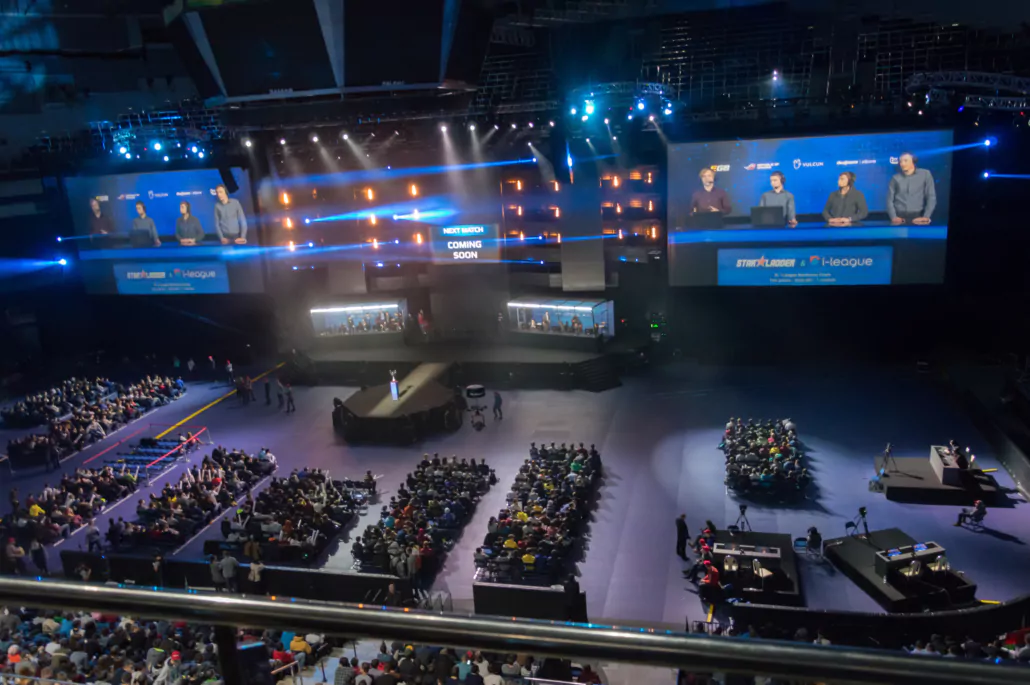
Think about the theme of your event and what layout could make the information being presented more captivating for your audience.
For example, if you have multiple speakers debating a topic, perhaps a roundtable approach is a good way to create a fly-on-the-wall feel for your live spectators and a more visually compelling set-up for your remote viewers.
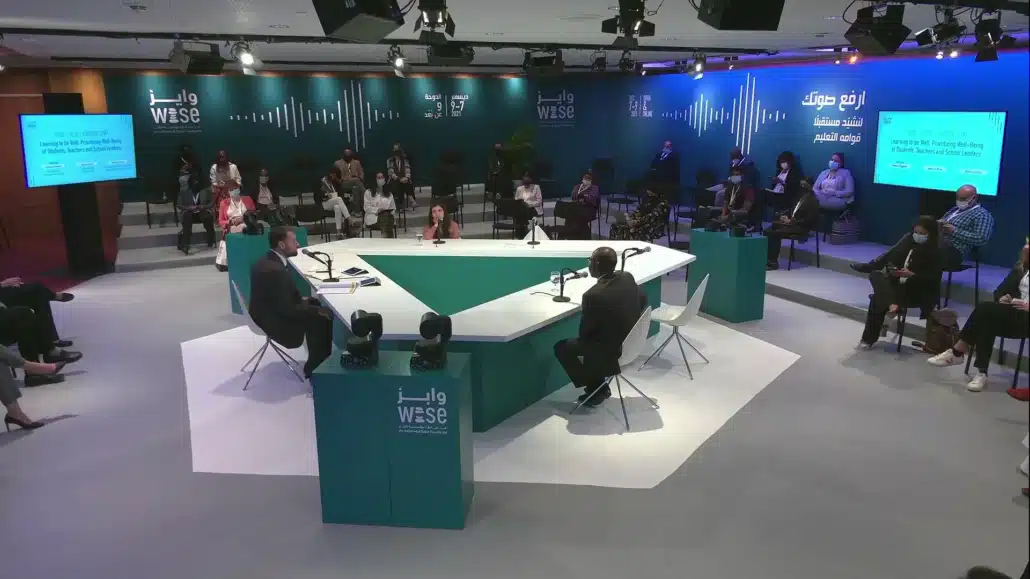
We hope these tips will help you come up with the perfect layout for your production. The EPEAK team looks forward to working with you soon!
Monetize Your Virtual Event: How To Use Recorded Content
Virtual events are a gold mine when it comes to recorded content…because everything created during the event is content. From workshops to presentation to podcasts, all these recorded events can be used to bring in revenue. Consider this – all these presentations relay some piece or string of relevant and useful information participants can use in their fields of work, and so because of demand from interest in these particular topics, these information-filled videos can be potentially used for monetization.
Traditional content usually refers to written work, which can still be monetized, however virtual events go beyond downloadable documents. For the most part, the monetizable content from a virtual event is going to be video produced for the show. This recorded content can be used in different ways, from free streaming off of a YouTube channel, to paid content sitting behind a paywall on Vimeo, or even through hosting platform that is played during a conference via VIP access. But, how do you decide where to put this recorded content and how do you use this recorded content?
Use content to advertise for the long term, like TED
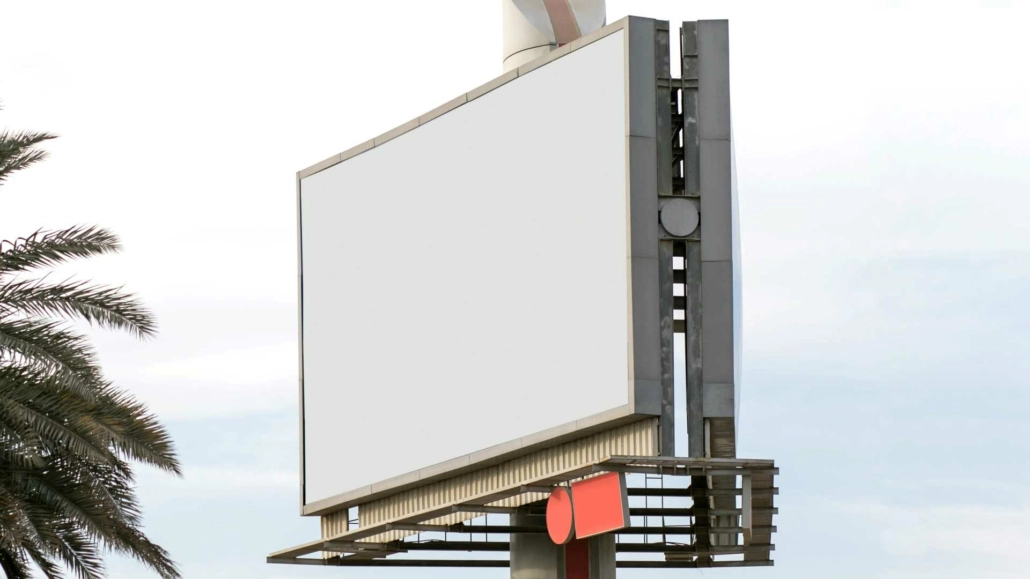
One way to use your recorded content is to pick the material you want to market your next event with and make it freely accessible. Whether you use YouTube, Vimeo, Facebook Live, etc., these videos could be strictly used for marketing purposes; they’re already produced content and can be used to draw attention to your event by showcasing relevant information that targets the market you want to attract, while at the same time giving your marketing budget a much needed monetary break. If you already have an existing channel for your event, you can definitely bolster your existing playlists with newer, updated material which could regenerate interest amongst your subscribers.
Become your own Netflix, sell subscriptions
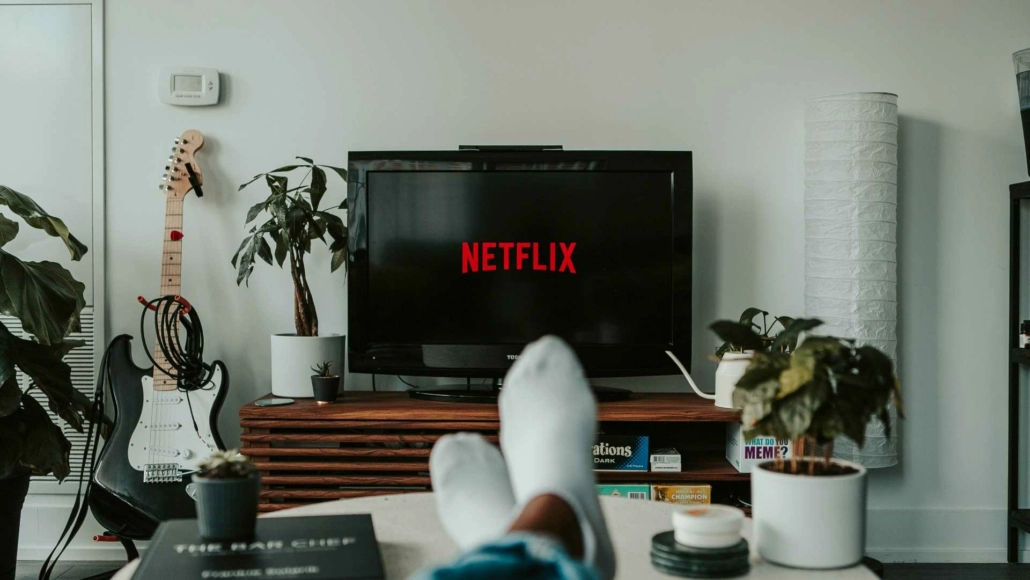
Other higher-quality content could be used for monetization by being accessible from behind a paywall. For example, you can use a video service like Vimeo to create a paid subscription-based channel about the event or the topic the event covers. B2B companies already use paywalls for exclusive access to their content. For virtual events, by charging for exclusive access to quality recorded content, you can build a following comprised of monthly or annually subscribed viewers who are interested in the topics presented in the videos, but who are also potential show attendees that could be introduced to or reminded of upcoming events through the channel.
Market and sell exclusive access to VIPs
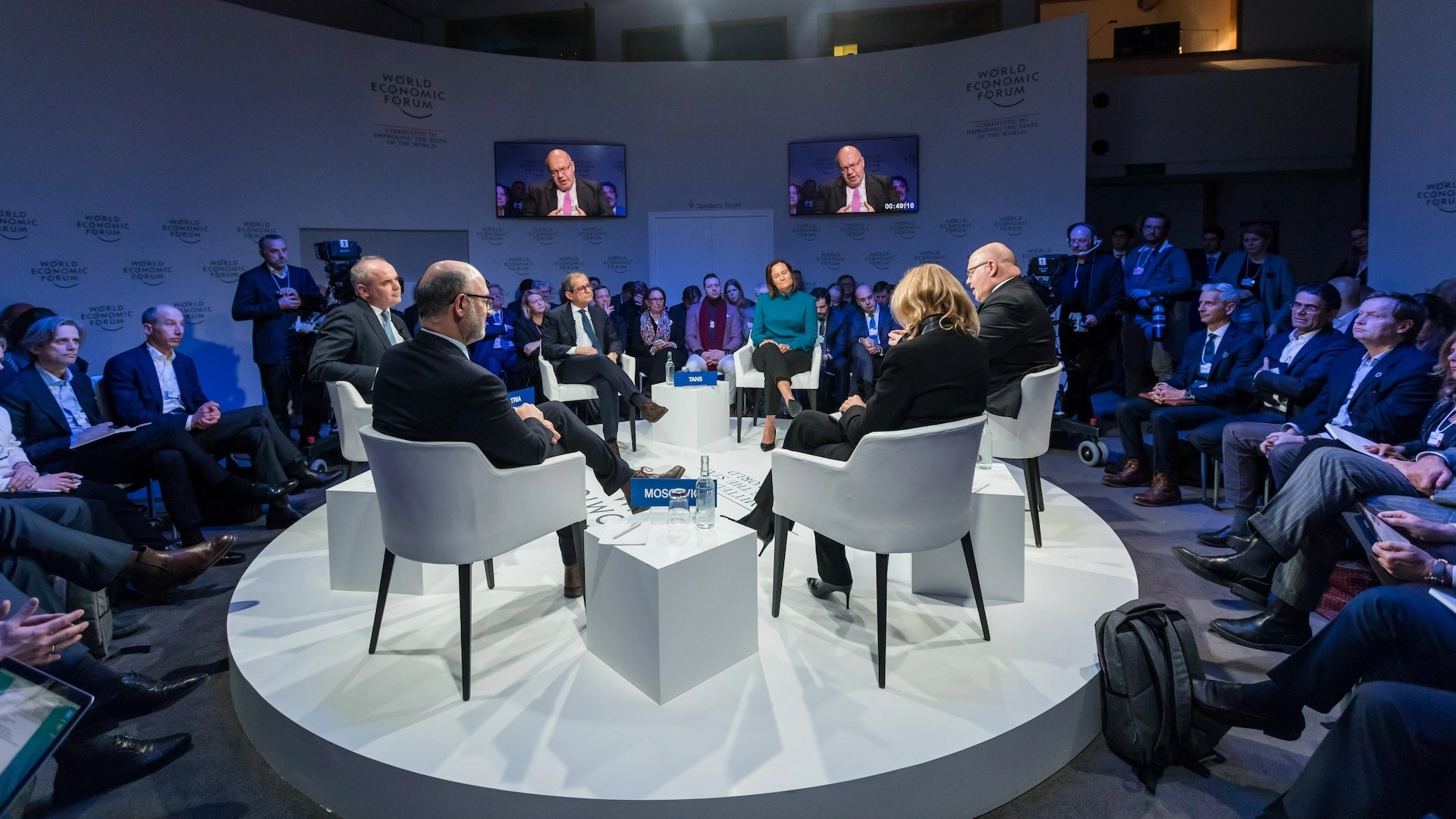
A third way to use this content is to promote it during or after the conference as a VIP feature. The content could be a very specific industry topic, or the speaker could be a notable industry figure that could draw an audience willing to pay to watch them speak. For example, CIOs of this world might be interested in a roundtable of their peers discussing cybersecurity in IoT, or ambitious future CEOs would also be willing to pay a VIP fee for an exclusive speech by Elon Musk or Mark Zuckerberg. As to where these VIP events could be watched from, since most virtual conferences already use a specific platform for their video presentations, the VIP events could be held from within the conference app or platform.
With the recent demand for virtual conferences, it’s important to rethink how we create new streams of revenue and since the content is already created, monetizing it should be the next logical step. We can help you flesh out monetisation strategies for your next event, ask for a consult.
Differences Between Webinars and Live streaming Events
Due to recent events affecting everyone’s lives, the desire to step out and go to a crowded room, auditorium or conference, to watch someone’s presentation was easily replaced with the comfort and sanctuary one gets from working at home or at their employer’s near-empty office spaces.
Webinars and live streaming events are now widely used tools companies can employ to broadcast news, information, instructions, or speeches deemed critical to keep customers and other audiences engaged in their business.
Now, what are the differences between webinars and live streaming events? As you are about to read, there are quite a few to know about…
Read more